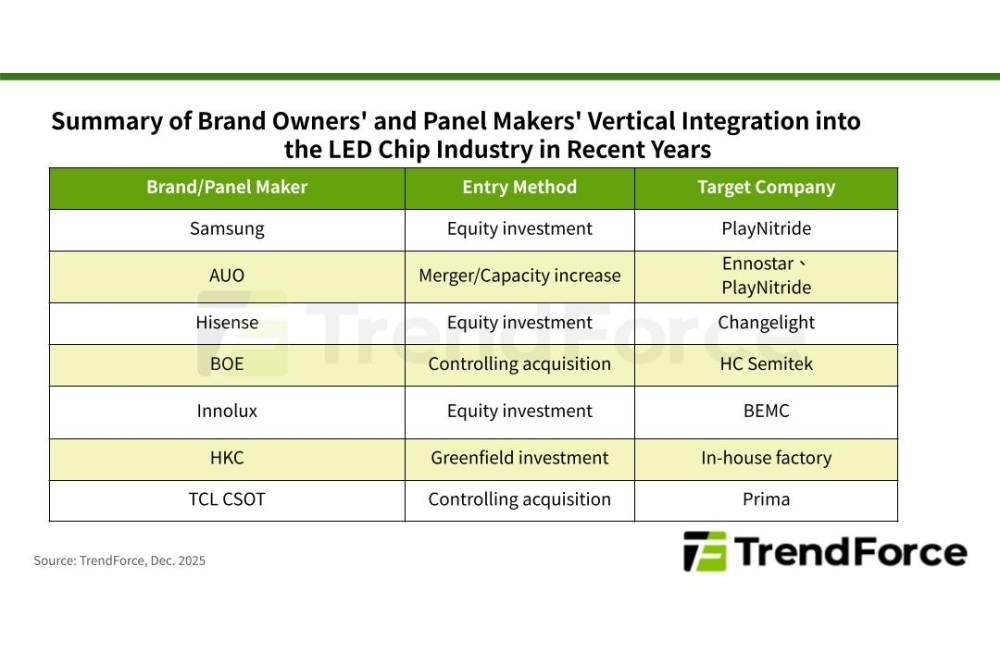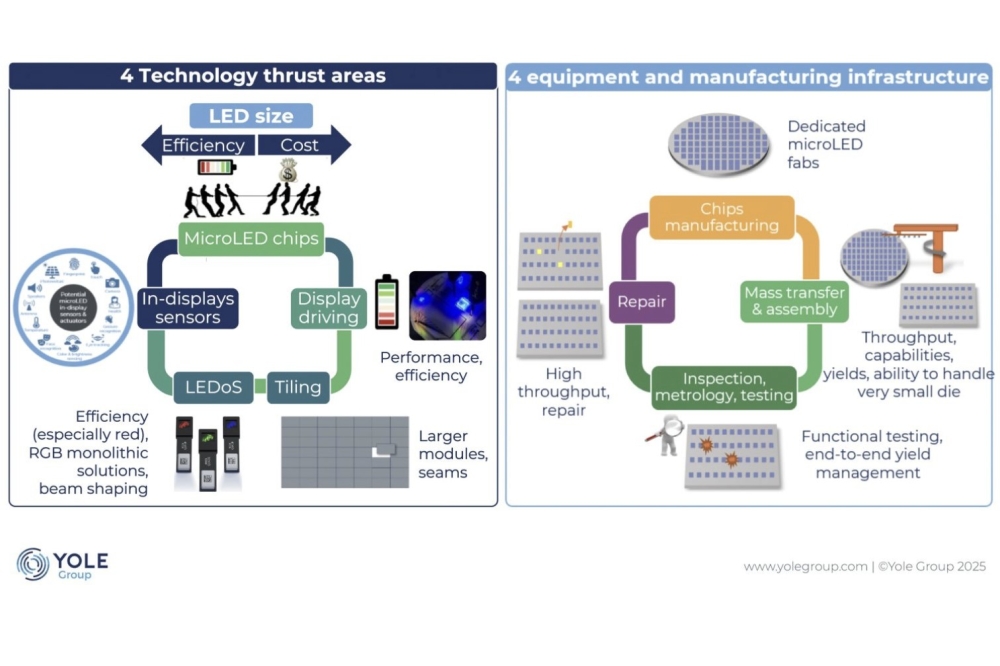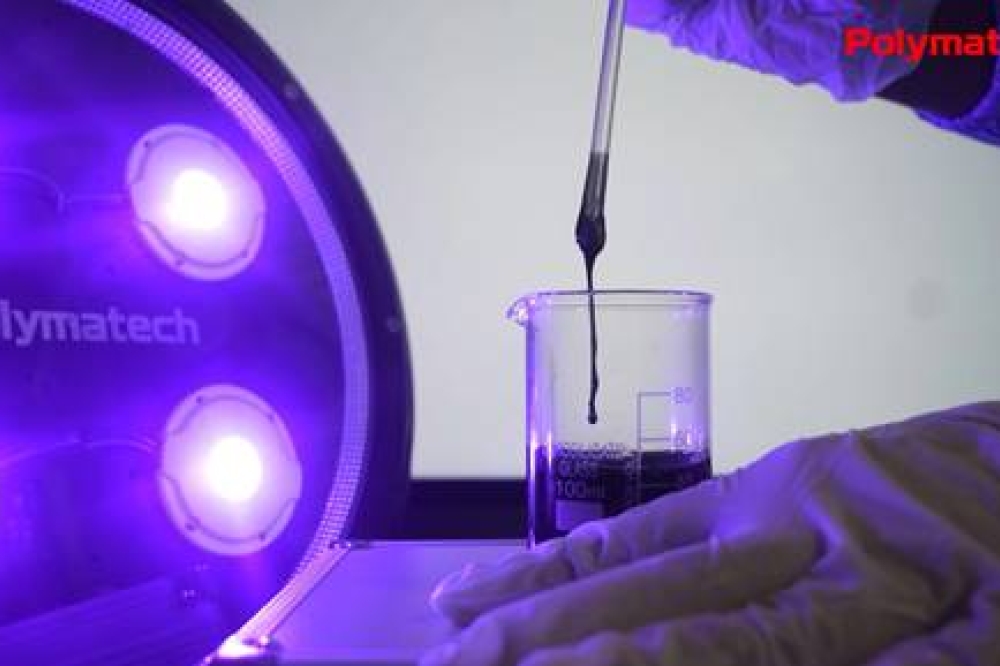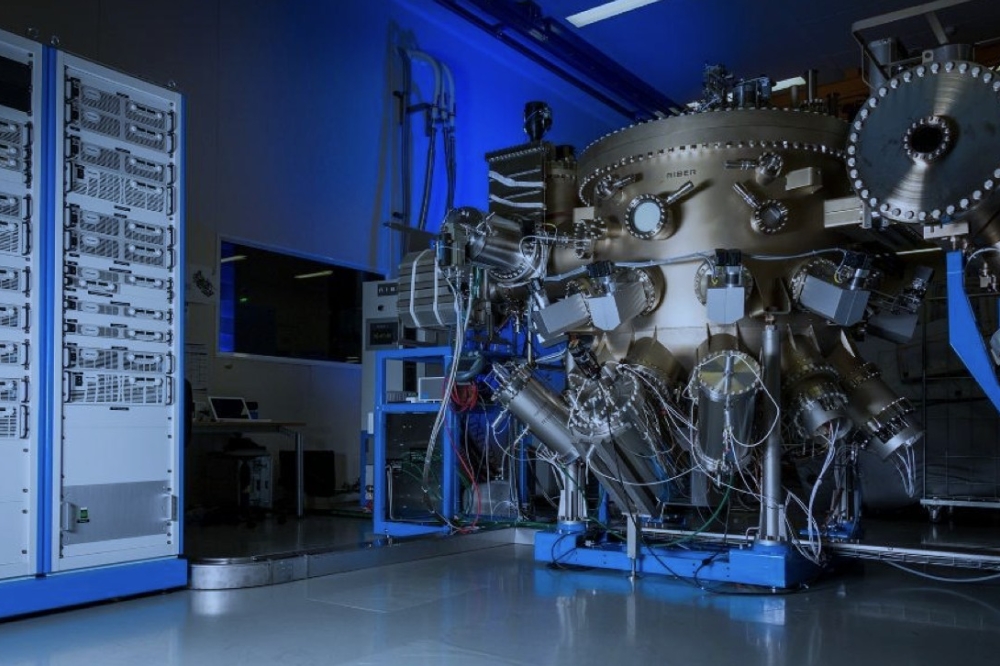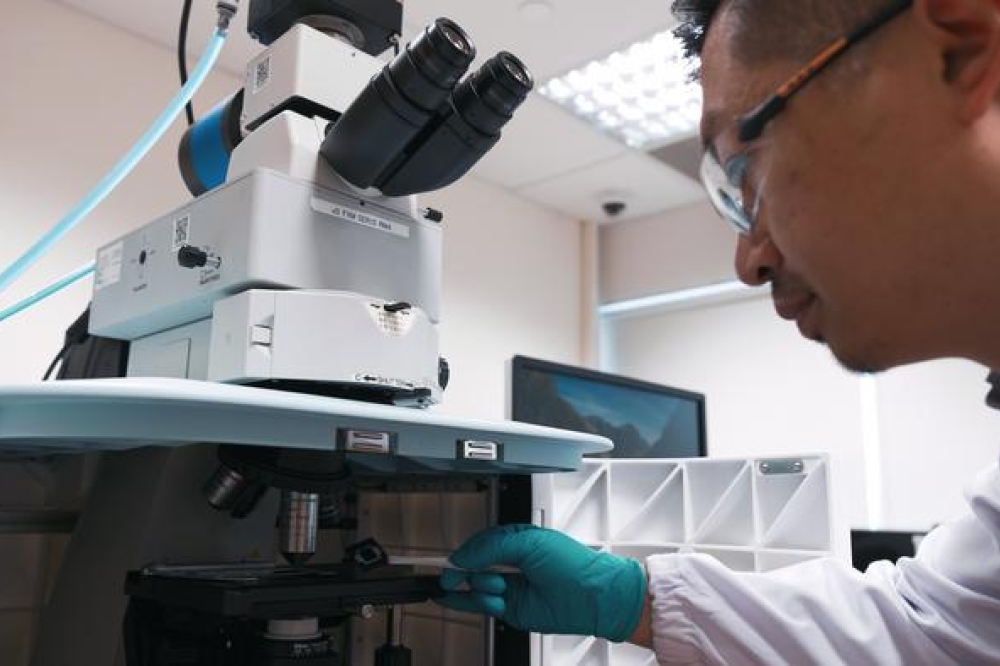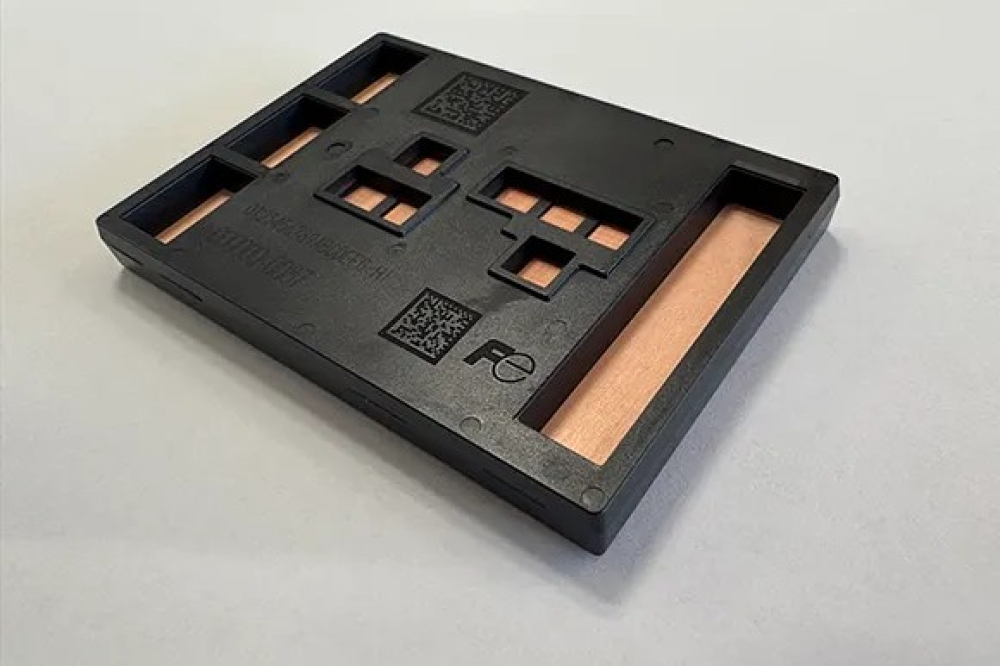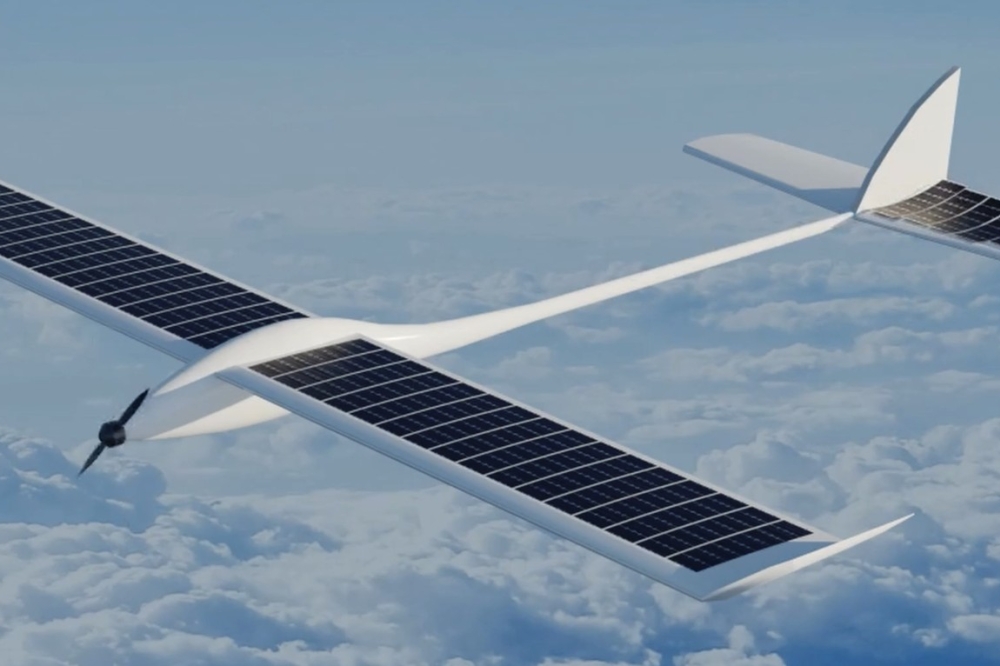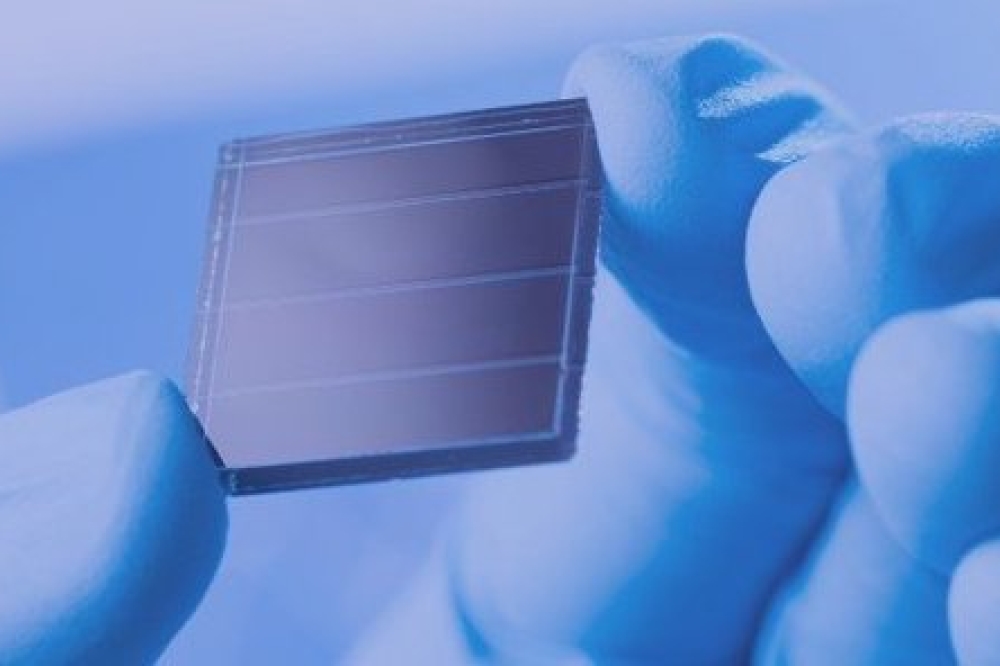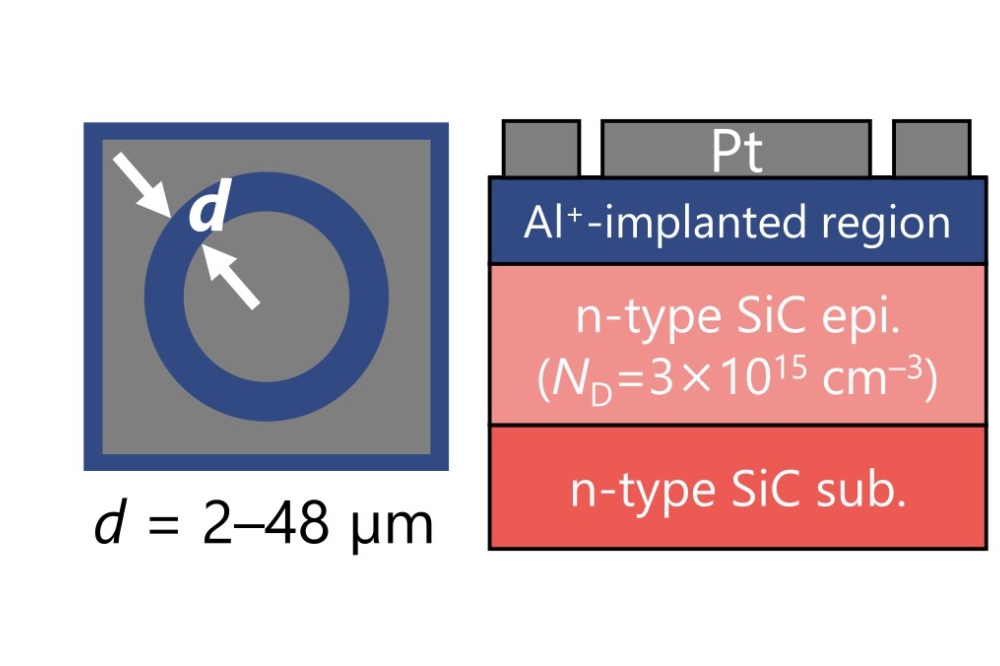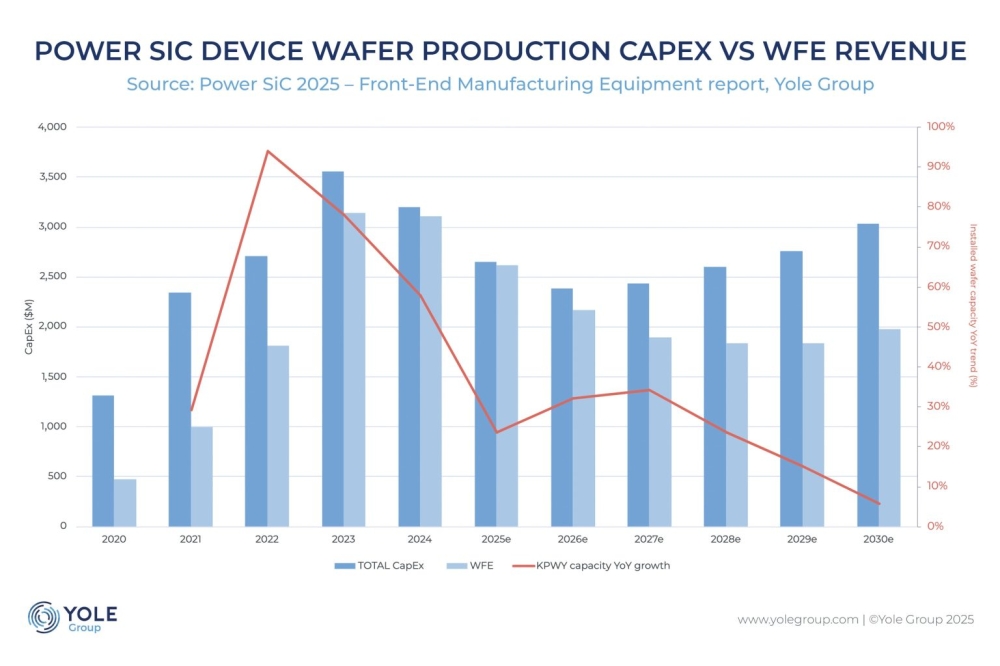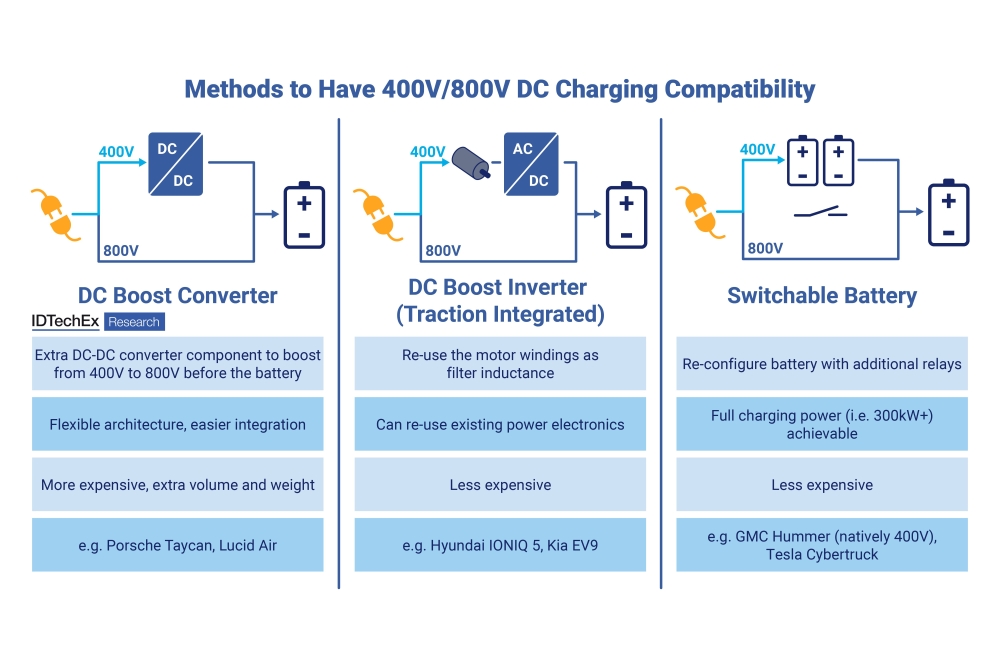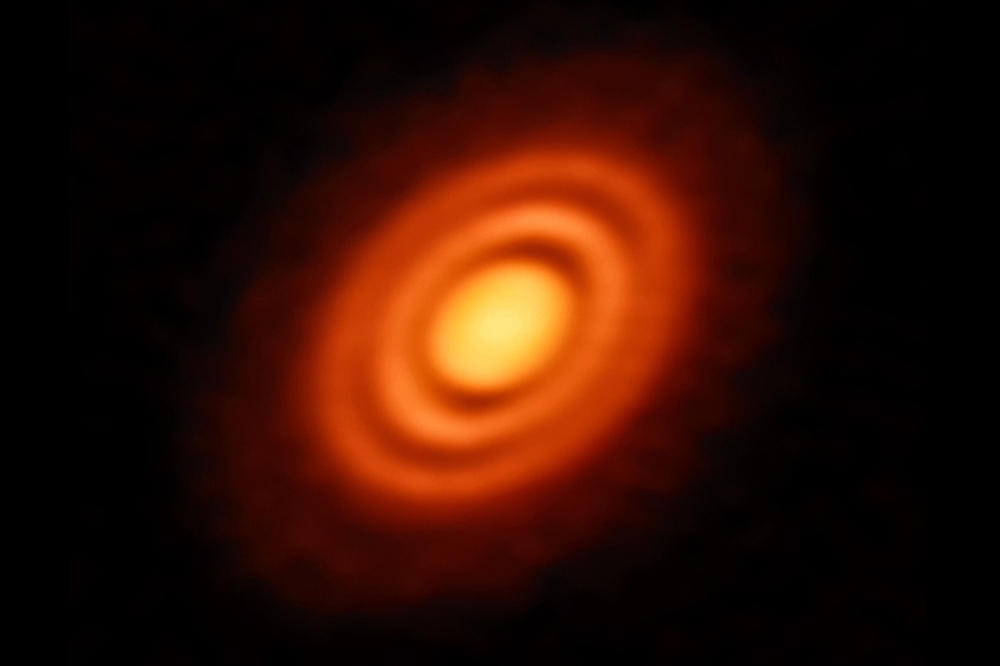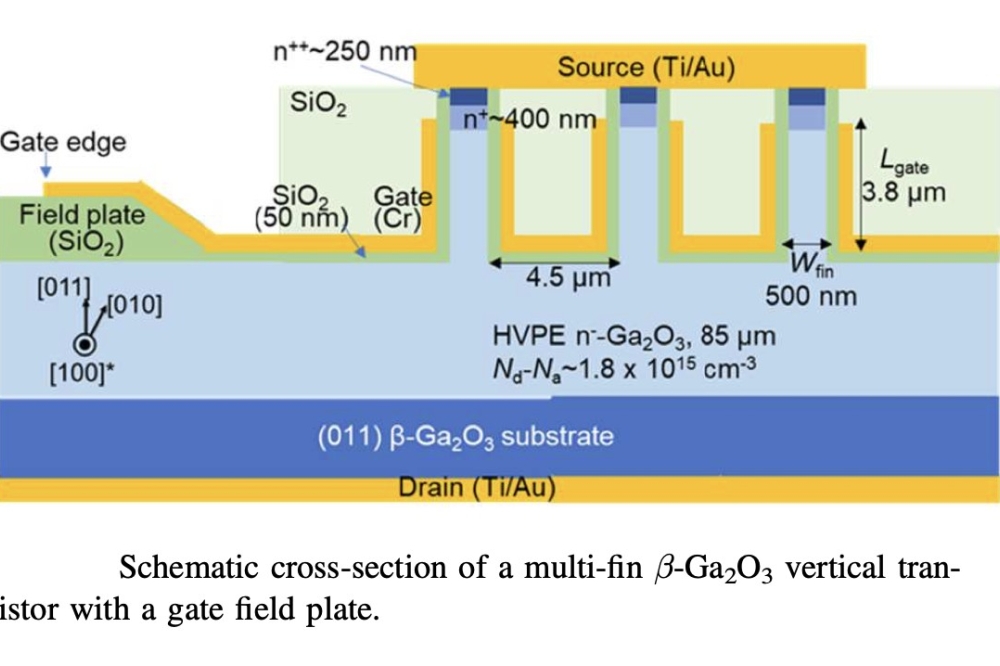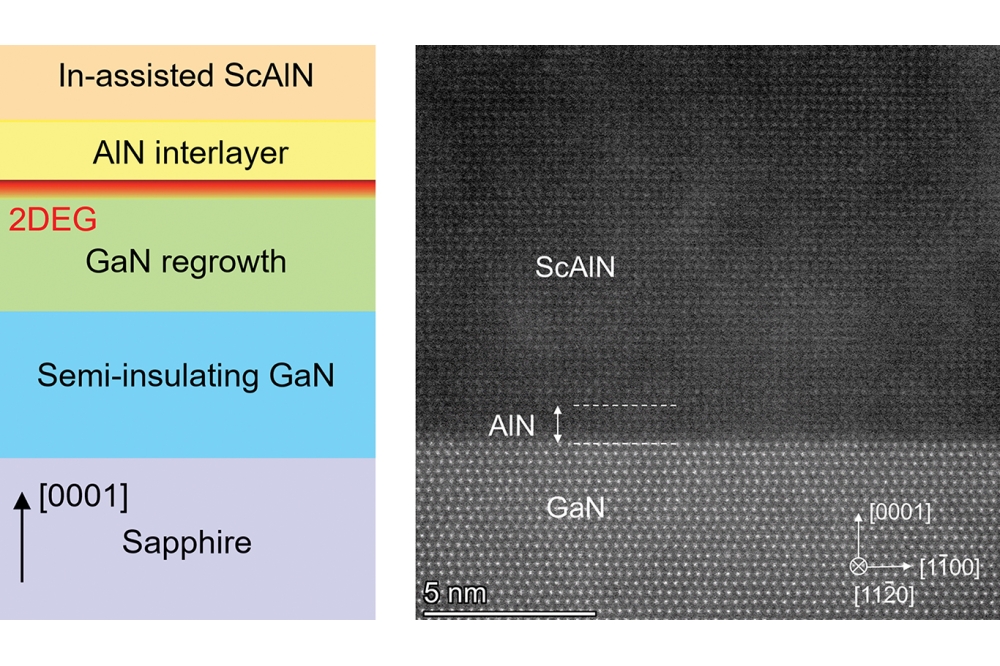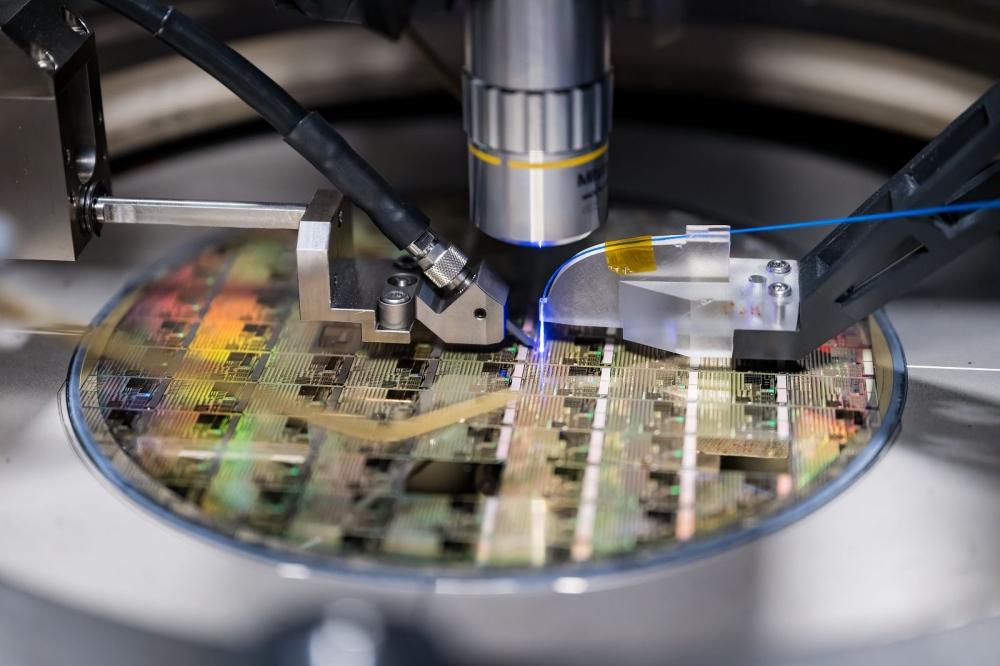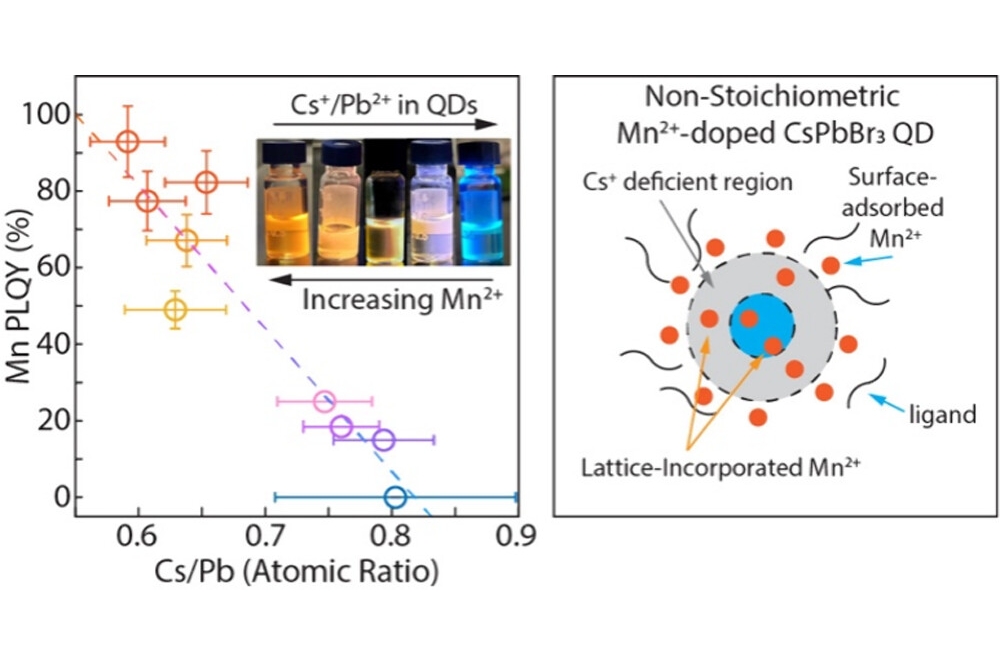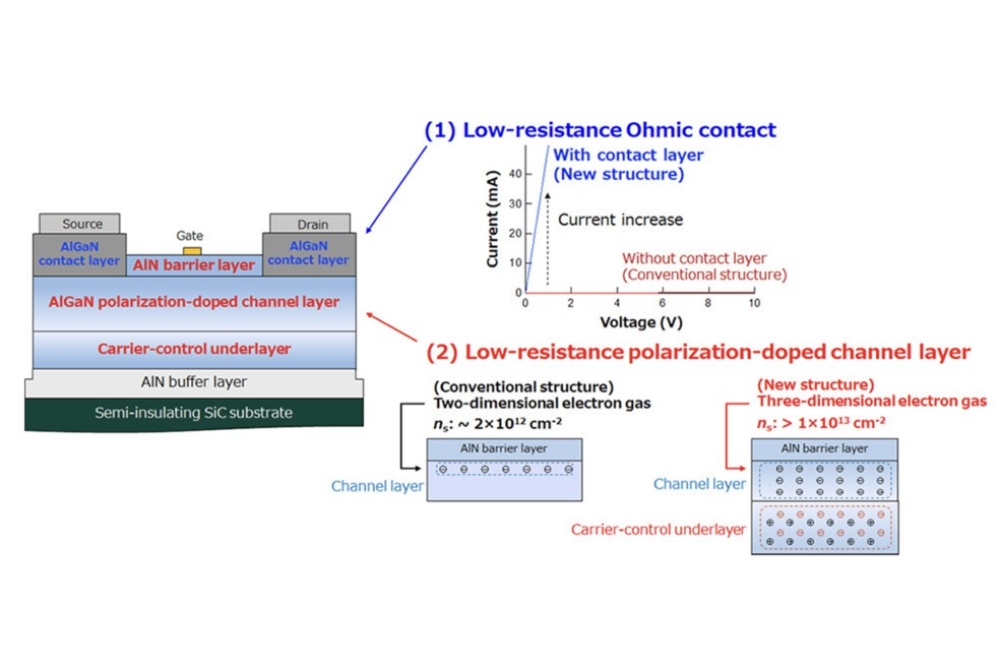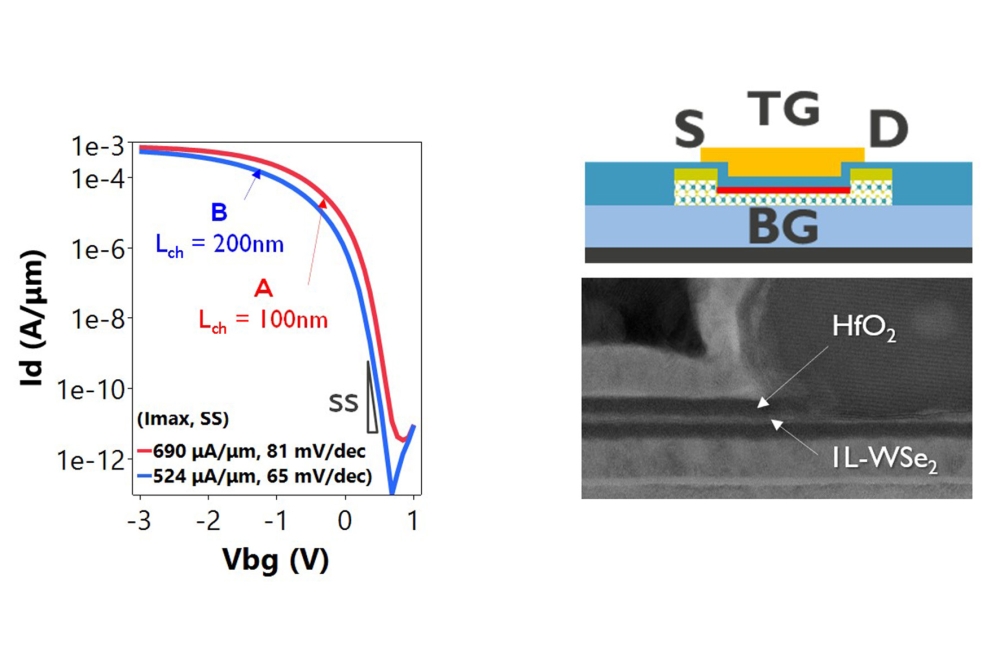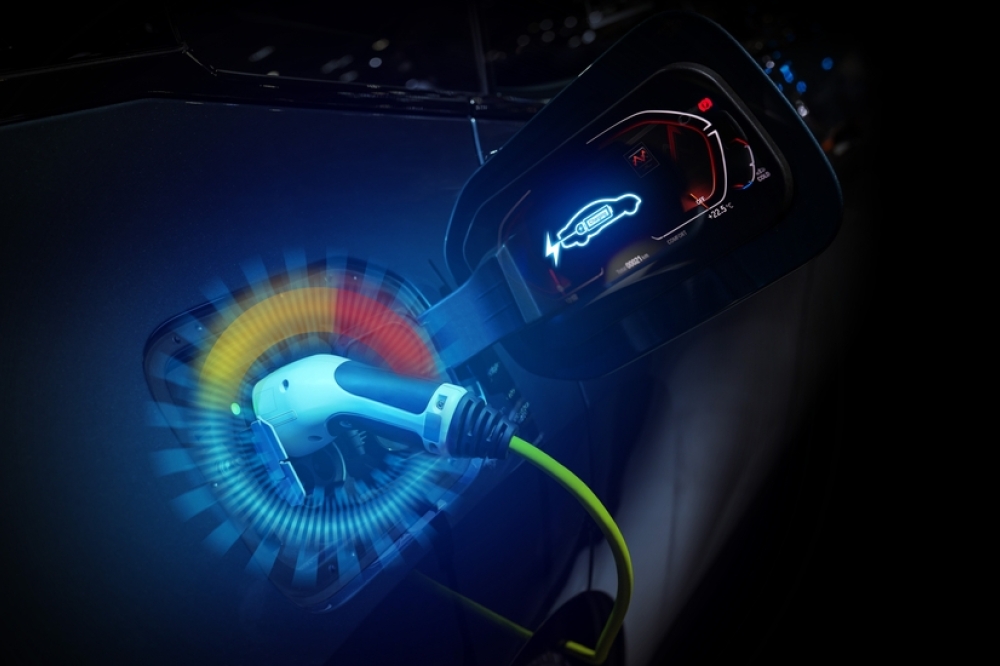USTC team develops dual function micro-scale DUV diodes
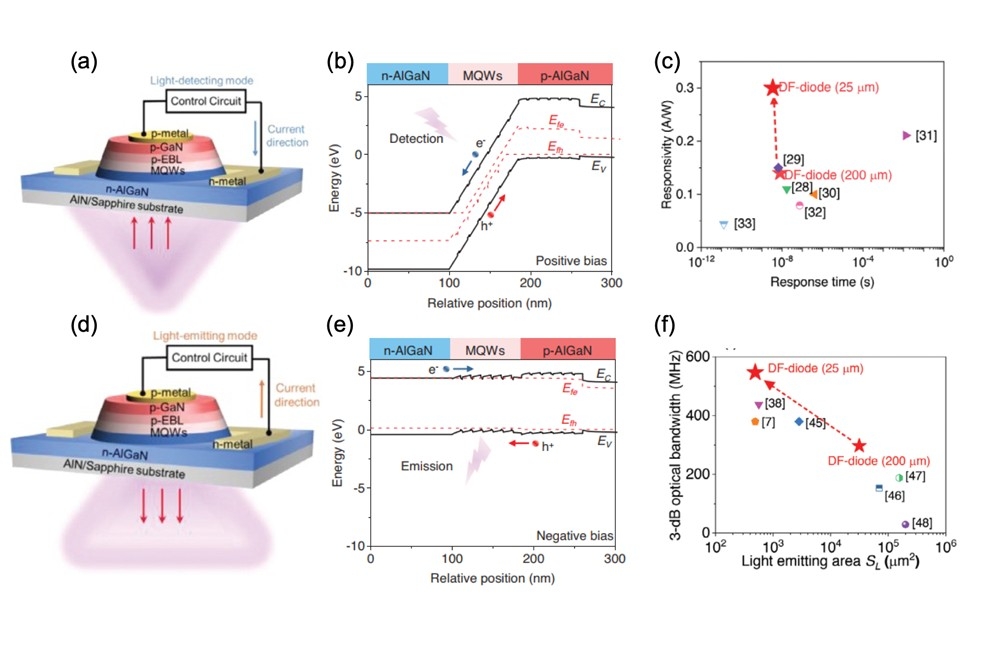
Applications in solar-blind comms, high-resolution imaging, biosensing, and environmental monitoring could benefit from high-efficiency deep-ultraviolet optoelectronic devices. However, low external quantum efficiency (EQE), limited response speed, and inefficient light extraction remain major challenges for conventional AlGaN-based DUV diodes.
Recently, a team from the University of Science and Technology of China (USTC), led by Haiding Sun, has demonstrated a miniaturised AlGaN-based dual-functional (DF) diode, integrating both light-emitting and light-detecting functionalities into a single micro-device.
They say that the diode enables record-high responsivity, ultrafast modulation, and enhanced optical efficiency, paving the way for next-generation optoelectronic applications.
The fabricated DF-diodes exhibit a high responsivity of 300 mA/W at 265 nm, nearly double the performance of conventional photodetectors, with a fast response time of 3.7 nanoseconds.
This detection capability allows for highly efficient solar-blind photodetection, essential for secure communication and high-precision sensing, according to the team.
On the emission side, the DF-diodes demonstrate an external quantum efficiency (EQE) and an optical modulation bandwidth exceeding 585 MHz, which is critical for high-speed DUV optical wireless communication.
The high modulation speed is achieved by reducing device capacitance and optimising carrier transport, making these miniaturised diodes ideal for next-generation photonic systems.
The diagram above illustrates the working principles and performance comparisons of the miniaturised AlGaN-based diodes.
Figures (a) and (d) show the DF-diode operating as a photodetector under reverse bias and an LED under forward bias. Figures b) and e) present the energy band diagrams, highlighting carrier transport mechanisms. Figure c) compares response speed and responsivity with previously reported DUV PDs. Figure f) shows a bandwidth comparison with existing DUV LEDs, confirming its enhanced optical modulation speed for high-speed ultraviolet communication.
References
Huabin Yu, and Haiding Sun et al., Adv. Optical Mater. 2024, 12, 2400499.
Huabin Yu, and Haiding Sun et al., Laser Photonics Rev. 2024, 18, 2300789.

